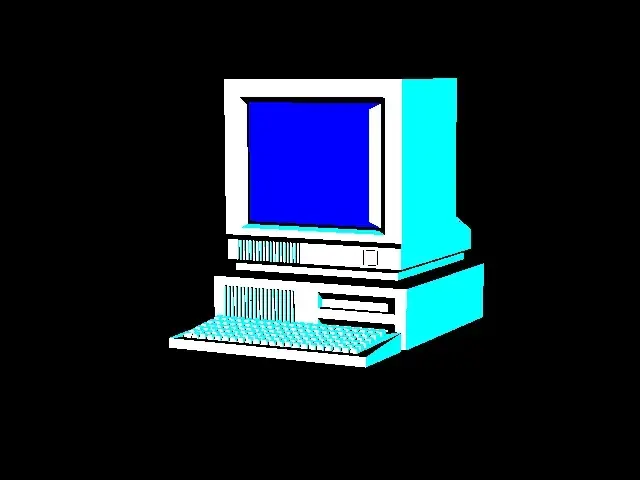- cross-posted to:
- technology@lemmy.world
- cross-posted to:
- technology@lemmy.world
Swiss scientists successfully diverted lightning with a powerful laser::Lightning discharges between charged clouds and the Earth’s surface are responsible for considerable damages and casualties. It is therefore important to develop better protection methods in addition to the traditional Franklin rod. Here we present the first demonstration that laser-induced filaments—formed in the sky by short and intense laser pulses—can guide lightning discharges over considerable distances. We believe that this experimental breakthrough will lead to progress in lightning protection and lightning physics. An experimental campaign was conducted on the Säntis mountain in north-eastern Switzerland during the summer of 2021 with a high-repetition-rate terawatt laser. The guiding of an upward negative lightning leader over a distance of 50 m was recorded by two separate high-speed cameras. The guiding of negative lightning leaders by laser filaments was corroborated in three other instances by very-high-frequency interferometric measurements, and the number of X-ray bursts detected during guided lightning events greatly increased. Although this research field has been very active for more than 20 years, this is the first field-result that experimentally demonstrates lightning guided by lasers. This work paves the way for new atmospheric applications of ultrashort lasers and represents an important step forward in the development of a laser based lightning protection for airports, launchpads or large infrastructures. A terawatt laser filament is shown to be able to guide lightning over a distance of 50 m in field trials on the Säntis mountain in the Swiss Alps.
TL;DR
Pewpew = -zap
deleted by creator
Could this technology be used to harness some power from lightning strikes down the road? I don’t know what the power requirements are of the lasers, but I know that lightning has a lot. If there was a way to direct that to some sort of collection facility, that would be pretty neat. Bonus points if there was a way to promote conditions for lightning strikes in the first place.
Would be pretty cool to harness that. An average lightning strike is around five gigajoules. That would be enough to power a typical home for three months. Problem is there’s no way to store that much energy that quickly. It’s like a hundred thousand Amps at at a hundred million Volts for a fraction of a second. The physics makes a storage medium very difficult if not impossible to engineer. Though if it were possible, you could harness lighting on demand, would be a perfectly planet friendly power source.
It should not be stored in a battery if they do this. Atleast not a traditional one. Perhaps if they can manage the batteries based on heat trapped in sand it’d be cool. Or if they use it to break h2o bonds. something of that sort.
The problem with a battery is there’s no known technology that can accept that much energy that quickly. Five gigajoules is a lot of energy, it would be a massive battery and would have to accept a full charge in a tiny fraction of a second.
It might be possible with a capacitor array. At a hundred megavolts a capacitor array would not have to be terribly large to store five gigajoules. The initial problem is insulation. With that kind of voltage everything would have to be housed in a vacuum since any exposure or contact could provide a path to ground. Then there’s the amperage the capacitor has to handle in charging. A hundred thousand Amps over any conventional conductor is going to vaporize it. Maybe super conductors could be employed.
Say you get past those challenges and you have a capacitor array storing charge at a hundred megavolts. You have to convert it to useable voltage somehow. You need a step down converter that can handle voltage that high. Now you have a whole new set of electrical engineering obstacles.
It might be feasible without sci-fi technology, but then would it be worth the development and deployment cost.
In theory yes but it wouldn’t be a very reliable source of energy, it might be viable if there were batteries to charge that could then be released into the grid however
Sure. I suppose battery technology probably has to jump quite a bit before that would be feasible, amongst what I assume are many other issues.
Yup! There’s a few hurdles but it’ll get there!
Storage would be key, since we have some great locations in the world to build collectors.
For example around Lake Maracaibo in Venezuela, it has a geography which means there is a lightning season which can cause 150 days straight with up 9 hours of lightning every day/night and 20-40 strikes per minute at a concentration of ~250 per square km.
Marty, I’m sorry, but the only power source capable of generating 1.21 gigawatts of electricity is a bolt of lightning…. Unfortunately, you never know when or where it’s ever gonna strike.
*gigowatts
Defense industry weaponizing this in 3… 2… 1…
They already have.
Pics?
Damn, I thought they’d be cooler
Like a giant death star laser?
Nah, just more lightningy
If it can be used to divert lightning strikes, then it can probably be weaponized.
Divert, or… Direct
Lasers make everything way cooler.
Nice to see that a laser can do that.
@remindme@mstdn.social in 1 week
Uncle Iroh would be proud
Anyone remember if this lines up with the Red Alert timeline?











